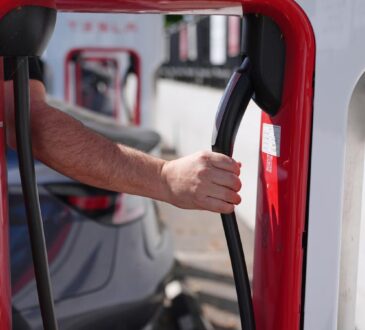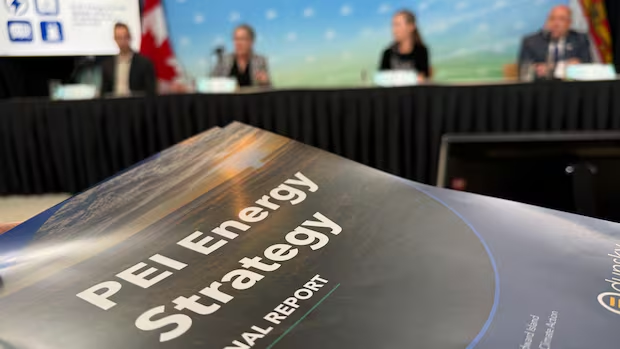
Prince Edward Island’s government released its new energy strategy aimed at improving the capacity and reliability of the province’s power grid over the next decade.
While the strategy presents a long list of recommendations the province should consider to make its energy system more efficient and sustainable, details about how or when those goals will be achieved are sparse.
The report, presented at an news conference Wednesday, emphasizes the province’s need to upgrade its current energy infrastructure and enhance the power grid to support P.E.I.’s growing population while also keeping a commitment to clean energy production.
“This energy strategy is detailed and comprehensive,” said Gilles Arsenault, P.E.I.’s minister of environment, energy and climate action.
“Reliability, regional collaboration, and consumer protection are my priorities in the coming months and years.”
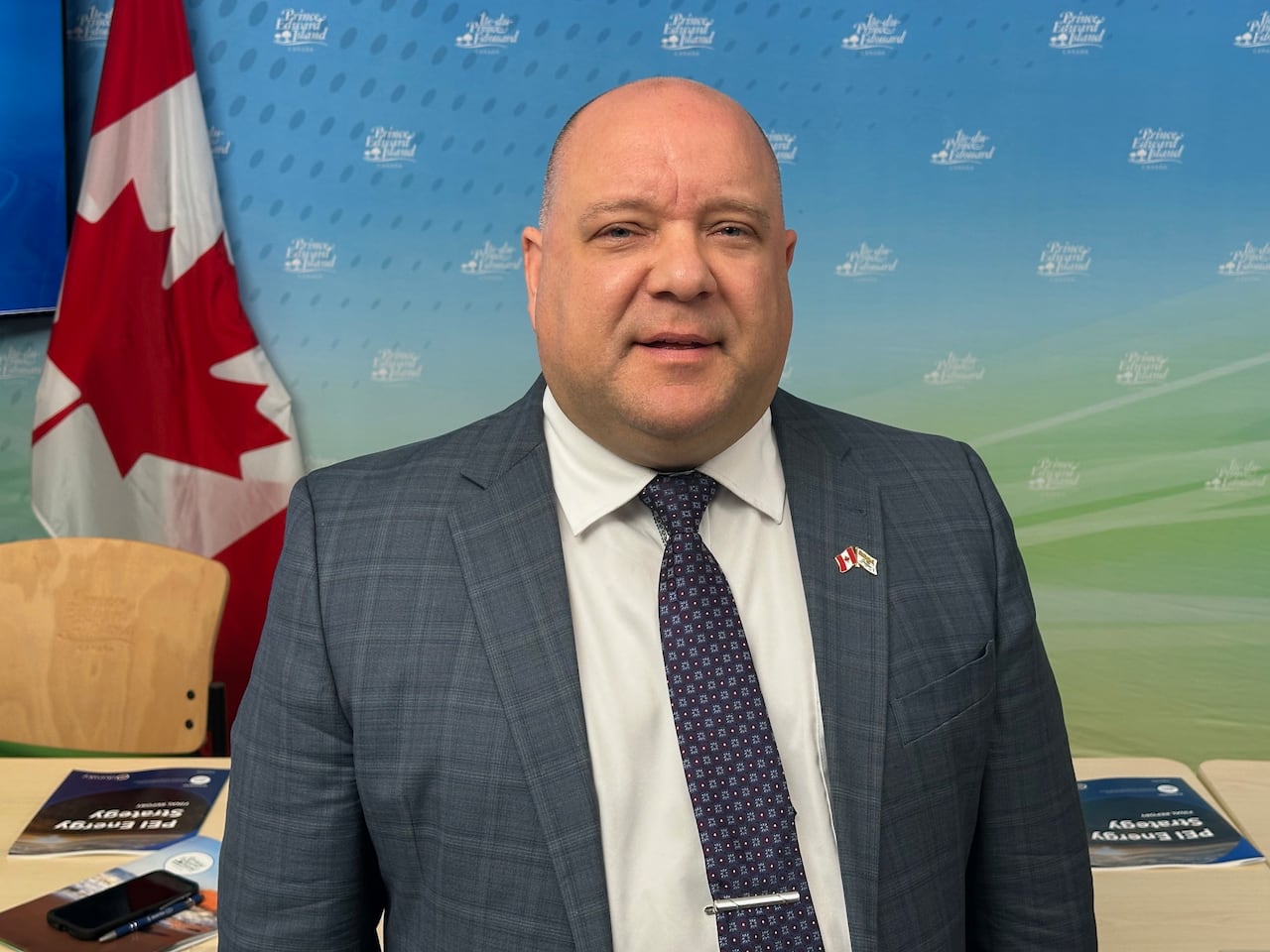
The report, prepared by Dunsky Climate and Energy, said energy consumption on the Island has grown significantly since the province’s last strategy was created in 2017, largely due to P.E.I.’s steadily growing population and the electrification of more homes, businesses and vehicles.
The strategy outlines four key goals over the next 10 years, which include:
- Changing policies to protect consumers.
- Saving energy by updating building codes and investing in energy efficient vehicles and heat pumps.
- Enhancing the Island’s grid capacity by putting in more underwater cables, creating new wind farms and batteries for storage.
- Expanding clean energy by using cleaner diesel for on-Island power generation — but overall reducing the need for fossil fuels.
Increasing electrical capacity a ‘priority’
According to the report, P.E.I.’s population grew by 22 per cent between 2016 and 2023, with the number of homes in the province increasing by 13 per cent over the same time period.
Electrical usage has followed a similar trend. Maritime Electric, which provides power to roughly 90 per cent of the Island’s homes and businesses, saw a 60 per cent increase in its annual peak demand between 2014 and 2023, the report said.
According to the province, that demand is expected to grow by another 32 per cent by 2033, especially as more new homes are built that rely on electricity as a main source of heat.
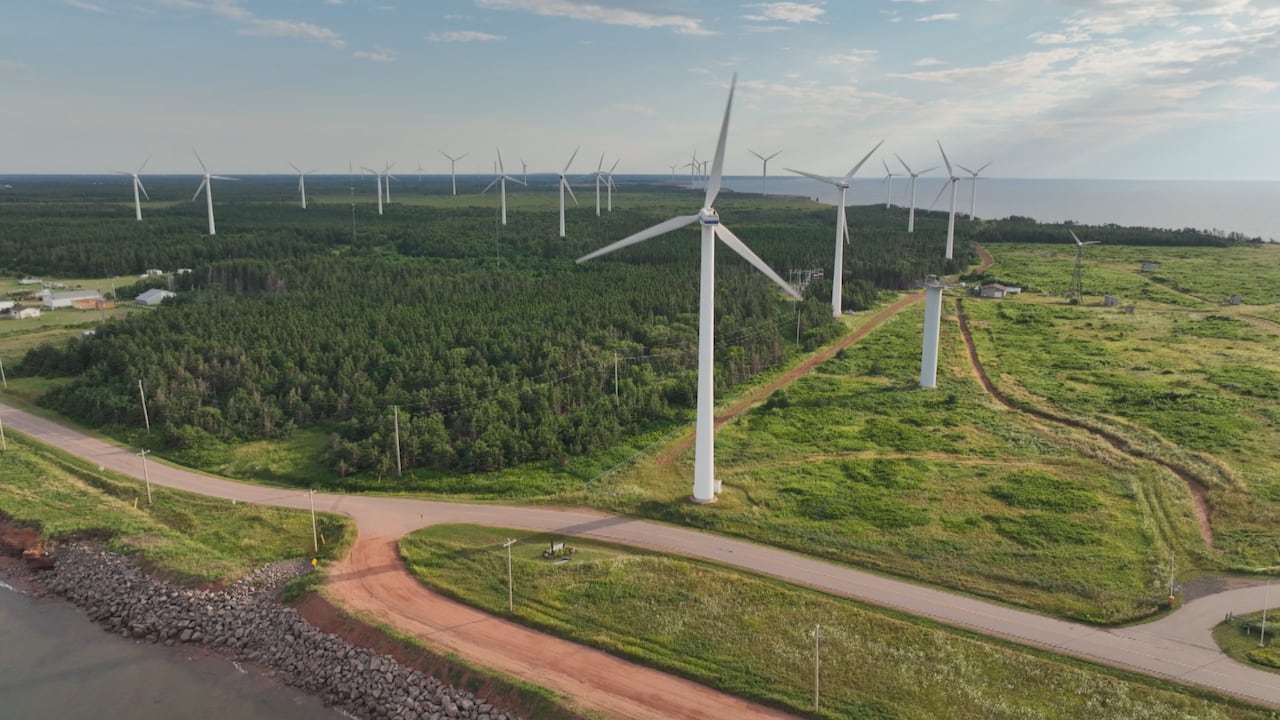
To meet those growing demands, the report recommends upgrading current infrastructure like aging transmission cables and focus on increasing connections with neighbouring provinces — specifically New Brunswick, which provides 85 per cent of P.E.I.’s electricity.
The report recommends building new high-voltage lines between the two provinces to replace aging subsea cables to make the Island’s system more reliable and to increase capacity, especially in times of increased power demand.
That’s at the top of Arsenault’s list, too.
“My priority right now is to work very quickly to get the undersea cables in place so we can have more capacity here on the grid,” he told reporters after the announcement.
He said he’s working with the federal government to secure those cables, but that there’s no timeline for that project yet. He hopes money will be set aside in the upcoming federal budget.
This is especially important as many other provinces, including New Brunswick face electrical capacity shortages as well.
“We want to make sure that we’re not forgotten, so we’re on the forefront, on the phone and making sure we have this pressure put on the federal government,” Arsenault said.
P.E.I.’s average electrical load is less than 300 megawatts. But the report said there is a need to improve the reliability of the system, especially during extreme weather events like the polar vortex in 2023, where the province’s peak electrical load rose to 393 megawatts.
We’re small, we can’t do it alone, we have to do it with other provinces.– Heather MacLeod, P.E.I. Energy Corporation
For Maritime Electric, increasing capacity is also a top priority. The utility has a $334 million dollar application before IRAC for two combustion turbines to create more on-Island power generation – but the cost of that project would be passed on to Islanders.
In the meantime, the utility’s long-awaited smart meter program begins next week.
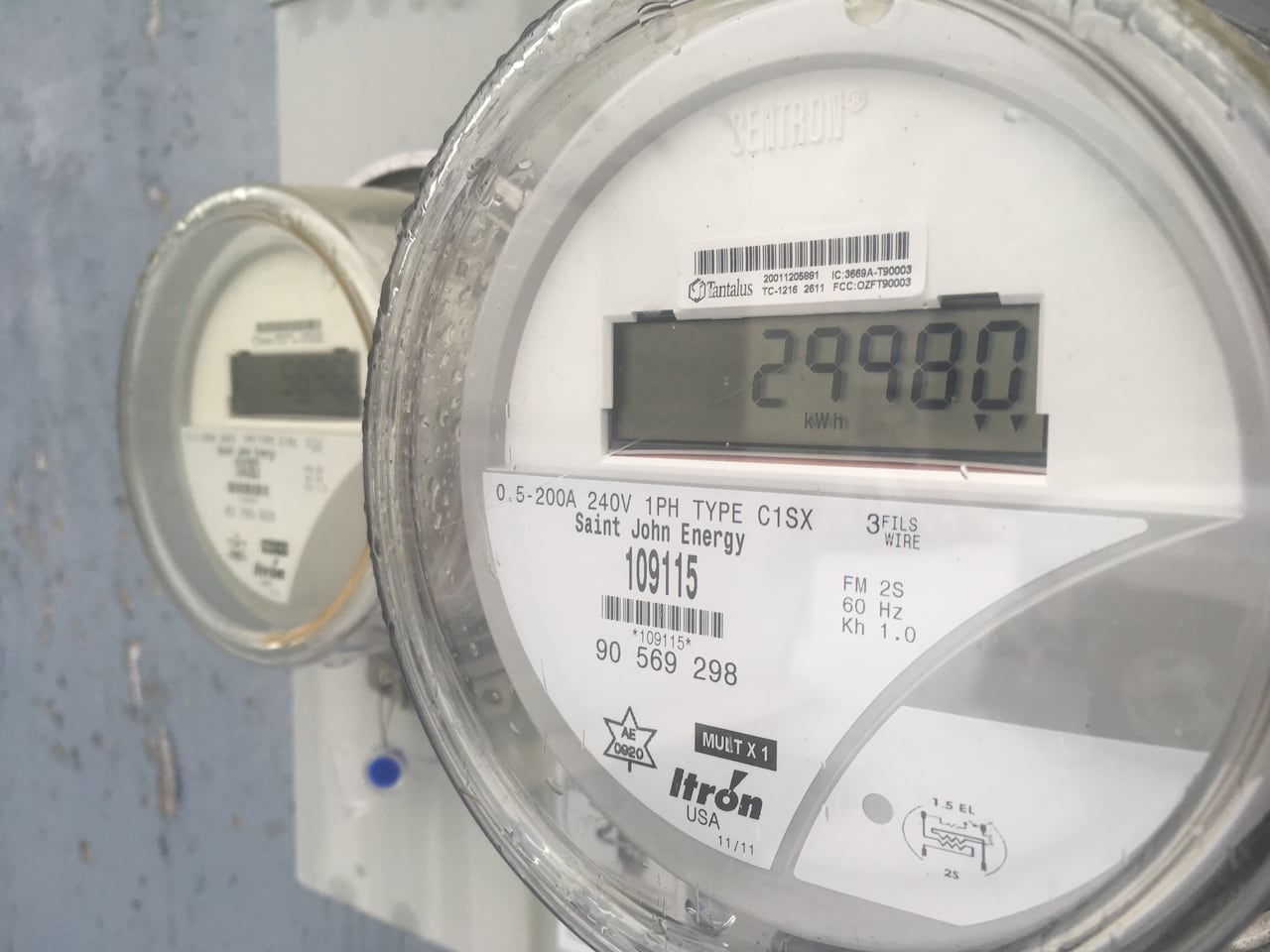
“It’ll take a couple years to do that before we can get it all rolled out. We have to install 90,000 meters, right? But it’s a priority for us,” said Enrique Riveroll, vice-president of sustainability and customer operations with Maritime Electric.
How to best maintaining the infrastructure that’s currently in place is also outlined in the report. It goes on to recommend strengthening the province’s distribution system, from managing vegetation near power lines to upgrading electrical technology on Island farms and industrial buildings to make them more efficient.
The report also recommends speeding up the rollout of load flexibility programs — like varying rates depending on the time of day — that can help reduce or shift peak demand and ease pressure on the grid.
Expanding clean energy production
Another way the province hopes to increase its electric capacity is by increasing P.E.I.’s ability to produce its own power — another recommendation put forward by the energy strategy.
“We’ll be able to say that we’re adding 30 megawatts as of next week with the Eastern Kings wind farm, so we’re very proud of that,” Arsenault said.
The report recommends the province create long-term targets, not only for creating renewable energy like wind or solar, but also for developing its capacity to store that power locally.
“That’s something that we’re looking into,” Arsenault said. “We need to be able to move on that front as that’s a crucial piece of the puzzle here.”
The report also highlights the need to move away from fossil fuels like gasoline, diesel and heating oil, which make up 75 per cent of the Island’s energy supply.
It also said the province should look into changing regulations and reduce restrictions around renewable energy production to make it easier to invest in these kinds of projects. Currently, 14 per cent of P.E.I.’s electricity is produced by renewable energy sources.

Heather MacLeod, director of energy assets with the P.E.I. Energy Corporation, said wind holds the Island’s biggest potential for energy production.
“It’s really important that we focus on P.E.I.’s strengths,” MacLeod said. “Wind has been very successful for us in renewable energy… but also our regional interconnections, that’s key. We’re small, we can’t do it alone, we have to do it with other provinces.”
The report recommends the use of clean fuels like biomass or renewable diesel for industries that aren’t well-suited for a switch to electrical energy sources.
“These fuels can provide emissions reductions in heating, transportation and industrial processes, especially in rural or hard-to-electrify settings.” the report said.
Energy affordability for all communities on P.E.I. is also a priority of the strategy, said Kathleen Brennan, director of policy and planning with the Department of Environment, Energy and Climate Action.
“We know that about one quarter of Island households are spending more than six per cent of their household income on energy, which would include heating and utilities,” she said.
“These costs… could be considered as energy insecure.”
With recent outages shining a light on the fact that the P.E.I. electrical grid is nearing capacity, you may be wondering how the Island gets power in the first place — or what the difference is between Summerside Electric and Maritime Electric. Here’s a breakdown from CBC’s Cody MacKay.
The report recommends the creation of an energy consumer advocate who can represent Islanders in regulatory and policy matters, and make sure their needs are being heard.
The strategy doesn’t lay out a plan to implement the goal, and said it will be up to the province to now decide how and when that work gets done.
“Our next right step in this equation will be to develop a detailed implementation plan,” Brennan said, adding that will be done by working closely with Maritime Electric, Summerside Electric, partners in other provinces and the federal government.
Arsenault said work to fulfill some of the report’s recommendations will start right away, and that he hopes to have an implementation plan fully in place within a year.




